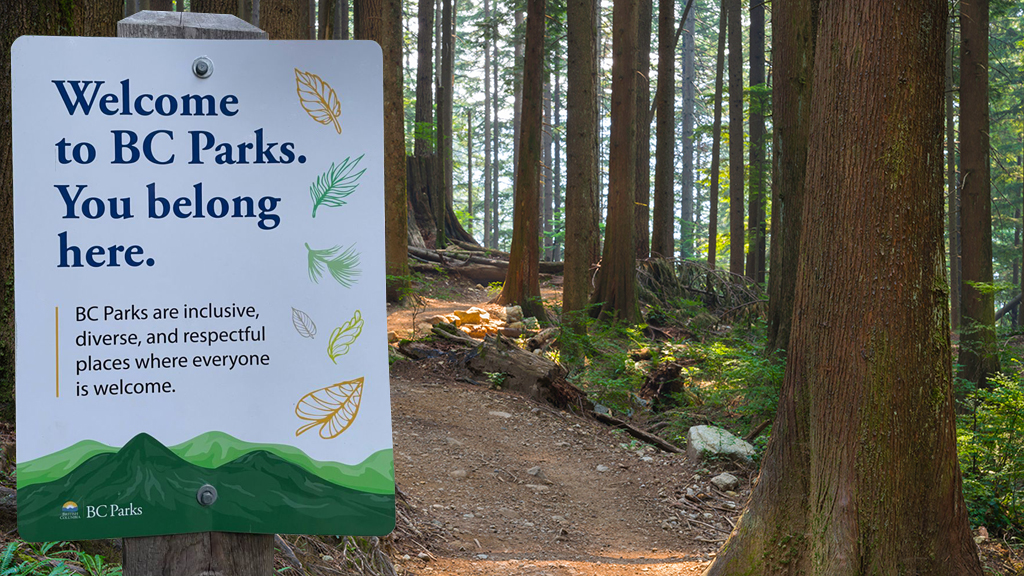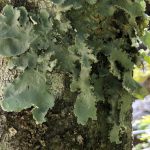Thirty-four years ago, the “Friends of Strathcona” staged their 1988-1989 protest against the expansion of the Cream Silver Mine in Strathcona Park. The mine would have obliterated Cream Lake and most of the Thelwood Creek and Price Creek watersheds. Now, few visitors to Strathcona Park, and even fewer British Columbians, are aware that were it not for that historically important protest, BC’s oldest and largest park would now be a maze of clearcuts and mining claims.
Both BC Parks and the Ministry of the Environment and Climate Change were duly indicted in Dr. Peter Larkin’s landmark report, Restoring the Balance, from the Strathcona Park Advisory Committee in 1988. The report paints BC Parks as a compliant arm of the Ministries of Forests and Mines, all-too-willing to trade parts of the park for forestry and mining permits, for money and window-dressing.
Under both provincial Liberals and NDP, BC Parks has had a dubious history of protecting the interests of commerce over wilderness. Larkin’s report showed that BC Parks merely implemented recreational policies of the government of the day to distract the public from the depredations of the mining and forestry industries.
The 1988 protest was the formative ground for Clayoquot Sound. As such, the environmentalists, not BC Parks, saved Strathcona Park. They were ultimately responsible for the restoration of some of the park’s integrity and all the additions in the 1990s to the park, including the Clayoquot Biosphere reserve.
To date, only about 40% of Larkin’s recommendations are implemented. The buffers around the park which he recommended, including Jessie Lake, Pearl Lake, Forbush and Willemar Lakes, were excluded and now stand in continuous clearcuts that border the park. Control of access to the edges of the park and proposed public campsites that were promised in 1993 remains with the forest companies.
Commercial tourism
The park is back under threats that started when the government gave exclusive rights to park usage to the Clayoquot Wilderness Lodge, an expensive dude ranch with glamping. In 2014, Bill 4 allowed transmission lines and pipelines through the park, and it was never repealed by the NDP. The commercialization that Larkin excoriated has now been subtly re-introduced by BC Parks, with little response from the environmental community.
Concerns about commercial tourism that began in 2008 with the Clayoquot Wilderness Lodge now find private property at Moat lake which was supposed to be only for grandfathered family use, helicoptering in clients to the Moat Lake Retreat. The private park operator which replaced park staff for trail and campsite maintenance, has been given a permit to run a business in the park, renting canoes and kayaks on Buttle lake – conservation impacts on sensitive declining shorebird populations be damned. In 2021, unknown to the public, the mine’s new owner, Myra Falls Mines, was given an expansion permit. It is the thin edge of a very disturbing wedge, excluding public interests in wilderness.
While BC Parks has been erecting expensive signs reassuring the public that it is “inclusive,” its policies and actions are decidedly “exclusive.”
BC Parks has further commercialized the park by requiring that all campsites be reserved in advance. As research on reservation systems in the US National Parks shows, these systems discriminate against lower income demographics, and favour urban white campers with higher than median household incomes.
Exclusion from Living Lab
While BC Parks has been erecting expensive signs reassuring the public that it is “inclusive,” its policies and actions are decidedly “exclusive.” Nowhere is this truer than when it comes to scientific research. BC Parks’ notorious reputation for obstructing research permits is even more explicit in the overtly discriminatory eligibility criteria for its flagship: “Living Lab for Climate Change and Conservation Program.” Eligibility is limited and exclusive: “Lead applicants must be professors who hold a current teaching or research position with a public post-secondary institution in BC. Adjunct professors are not eligible for Living Lab funding.”
This raises a number of red flags. First, it is a clear case of “ageism.” Retired professors, no matter how well-qualified, are excluded. It also excludes some of the leading climate researchers in BC such as Dr. Richard Hebda (retired adjunct professor).
Second, BC has a large pool of environmentalists who are adjunct professors and professionals. The eligibility criterion favours age and privilege over merit.
Third, this policy runs completely against the recommendations of the Intergovernmental Science-Policy Platform on Biodiversity and Ecosystem Services which stress the urgent need to move away from exclusionary top-down approaches and engage local communities if humanity is ever to stand a chance to address climate change. That is a far cry from BC Parks’ belief that parachuting university professors in the summer into local communities will somehow solve climate change. That approach simply perpetuates the socially discriminatory notion that science is something that is done only at universities in urban environments. This is socially divisive and only serves to feed climate denialism. To solve the climate and biodiversity crises we need to connect people with science at a local level focused on including local resources and knowledge. That begins by recognizing the work of scientists working away from universities in rural localities.
Species inventory and discovery
The Friends of Strathcona understood early on that there is a need not only to reactively protest politically and advocate legally for the park, but also to proactively provide nature education and inventory Strathcona Provincial Park’s species. That became even more urgent when in 2001 Gordon Campbell closed down the remnants of BC Parks’ naturalist programs. In 1995, Betty Brooks and Steve Smith led the drive to set up the Strathcona Wilderness Institute (SWI) to liaise with BC Parks and provide park information, education and research.
Since 2018, SWI has launched six non-invasive and unpermitted research projects, without any financial support other than federal Canada Summer Jobs to pay one to two students yearly. These projects listed by starting year are:
- Fungi of Strathcona Park (2018),
- Bryophytes of Strathcona Park (2019)
- SWI Data Collection Site (2020)
- Student Research Transects (2020)
- Lichens of Strathcona Park (2020)
- Strathcona Park Climate Change Lakes Project (2021)
The data for these projects is compiled in the publicly-available iNaturalist site “SWI Data Collection.” BC Parks incorporates this information in the BC Parks project run by Dr. Brian Starzomski (UVic) and Dr. John Reynolds (SFU). As Dr. Starzomski has publicly stated, the work of SWI has made Strathcona Provincial Park “the best inventoried park in BC, heads and shoulders over all other parks.”
Indeed, SWI has documented over 2,000 species in the park. It has quadrupled the number of known species of mosses, liverworts, lichens and freshwater algae in the park, and increased the known numbers of floral and faunal species recorded on Vancouver Island. It has increased the number of rare and red-listed species, and even discovered one mushroom, one or two new lichens and one moss new to science, as well as extremely rare species new to the Americas.
Citizen Science
What matters here is that SWI with this local volunteer citizen science vindicates and consolidates the political achievements of the environmental community. While BC Parks gave an expansion permit to Myra Falls Mine, SWI discovered a hitherto unknown population of Pseudocyphellaria rainierensis (Oldgrowth Specklebelly) at the minesite. That alone vindicates the 64 arrests of 1988-89. Who in their right mind allows a mine to operate in old growth, and worse, gives an expansion permit at a time when the United Nations calls for the preservation of biodiversity, because as Antonio Guterres eloquently put it: “The future of humanity depends on it”?
Then there was the discovery of an extremely rare algae, Cosmarium woronichinii, a new species to America, on the same road that would have been built to destroy Cream lake. It would never have been found had the road been built.
So why might one care? That discovery tells a story that British Columbians are unaware of. The Forest and Ranges Practices Act does not require that forestry operations determine what species might be at risk from logging operations. We have no idea what species, or how many species, we daily eradicate, and may have lost in BC since colonization started the pillage we call prosperity.
Every park needs a locally-based institute to raise the bar, collect public data and communicate with local communities. That might disturb the government’s cozy relationship with business. If SWI found four species new to science in mid-elevation old growth of moderate productivity, and quadrupled the numbers of known species across various phyla locally, that is not just an acknowledgement of the huge knowledge gaps underlying our ecological and economic assumptions. It raises the spectre of the loss of thousands of species across BC on which, we are told, the future of humanity depends.
When BC Parks promotes discriminatory policies that exclude local community-based research, it cannot claim to be inclusive. Its policies further the same short-sightedness that sustained the colonial interests of forestry, mining and commerce before the Larkin report. A hierarchical shake-up may be needed to save our parks, again, and increase BC’s conservation lands to 50% as recommended by conservation scientists.
Loys Maingon PhD is a retired biologist, who dedicates this piece in memoriam to Ron Hatch (1939-2021), fellow arrestee and trusted friend.




